|
The sheer grandeur of the Pont du Gard is awe-inspiring. To hear the story of how this ancient aqueduct bridge came to be from our incredibly prolific guide Alejandro was a real treat. The Romans built this 50-kilometre-long aqueduct to carry water from the springs in Uzes to the people of Nimes in the 1st century AD. I loved taking in this architectural feat and contemplating how ancient it was. The aqueduct was built for the most part underground, but further complicating this massive undertaking was the fact that the terrain from A to B had hills and could not be built in a straight line. The route had to be diverted and wind across a gorge, thus creating the need for an aqueduct bridge. The aqueduct had to carry the water at just the right gradient along all of these hills to sustain the flow of water, and so the Roman engineers had to contemplate the depressions in the landscape. If the aqueduct were too steep, the water would run too fast, bursting the pipes. If it were built too low, the water wouldn't flow. The accuracy behind its construction ... Truly fascinating stuff. 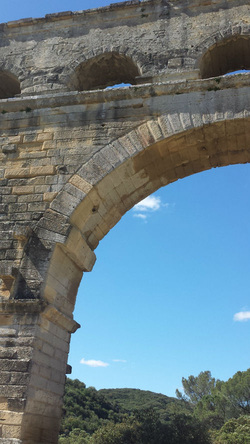 They say the aqueduct carried 2 million litres of water a day and took 15 years to build. The Pont du Gard is surrounded by a beautiful and "sensitive" landscape that was rehabilitated in 2000. If you like to walk among the serene hills of the Mediterranean, leave extra time to explore the grounds around the bridge -- it is just gorgeous. Go off the paths ... there is so much to discover. You can detect traces of the work done by the men who cleared the forests to plant wheat, vineyards and olive trees. It's all there to see still, and the area is a beautiful, living testimony to its agrarian past. The breeze felt so fresh on my face.
1 Comment
Our dinner at Le Carre d'Art in Nimes was pure artistry. I ate a bull steak. No bullshit! Or bullcrap. Or bull-ogna. Not entirely a steak person, I took the bull by the horns on this one. We all marvelled about being in the land of bull fighting, a traditional event that dates to the 19th century in Nimes and Arles in the south of France, and eating bull steak. Ciele du Nimes is a delicious restaurant on the top floor of the Le Carré d’Arté, a contemporary cultural centre across from the ancient Maison Carrée, a Roman temple built in the 16th century. This juxtaposition of ancient and modern is a remarkable site, especially since Le Carre d'Art is mirrored, and so the reflection of this grand historical structure is reflected on the modern structure. Very cool. We also were served codfish as well -- the fish appeared many times on our plates throughout the trip, and I loved it. And believe it or not, that is the cod below: 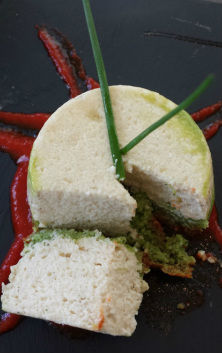 Check out the way I ate it: All moussed and fluffy. Damn it looks like gefilte fish but I am certainly not discriminating against that, says the proud gefilte fish lover. With a fluffy underbelly of moussed zucchini and a red pepper sauce, the Ciele du NImes was fast winning our hearts. And then there was dessert. Oh gawd our first dessert. Lemon meringue -- mon dieu. Unbelievably rich. Unbelievably tasty. While exploring Nimes, we happened on some pretty majestic Roman architecture, said to be some of the best preserved in the world. 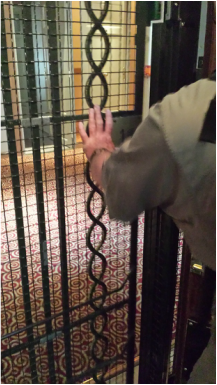 What an old, beautiful hotel. First stop is Nimes, and the charming Hotel Imperator. We marvelled at the classic art-deco elevator, said to be 80 years old, and the fact that this had been the resting place of Ernest Hemingway, Ava Gardner, Pablo Picasso and French poet Jean Cocteau. The hotel was the perfect fusion of old and new. I loved being stuck in this elevator. Not stuck per se. It was just a few minutes but who the hell knows how to operate such an ol' girl. But she was a beaut. |
Jennifer Bill
Published journalist, world traveller, big thinker, fun haver Archives
May 2014
Categories
All
|

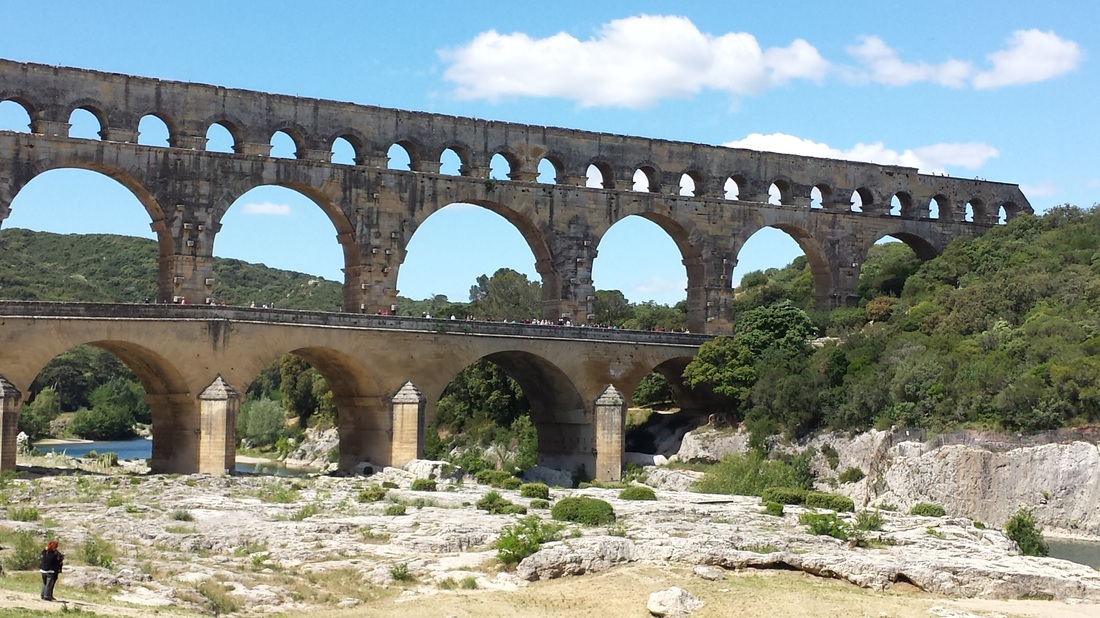
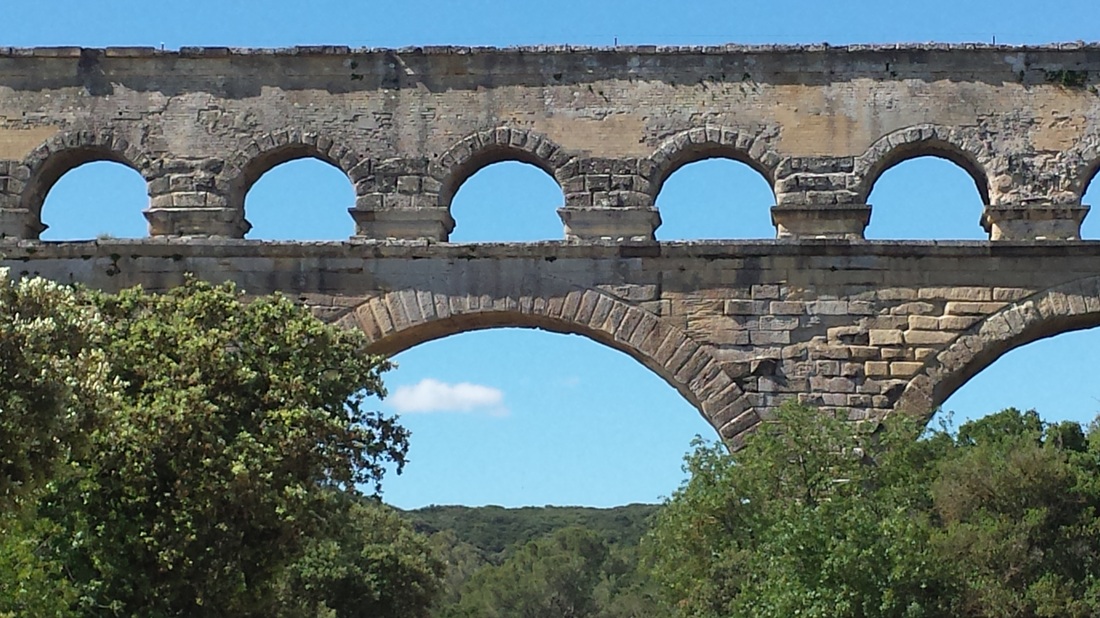

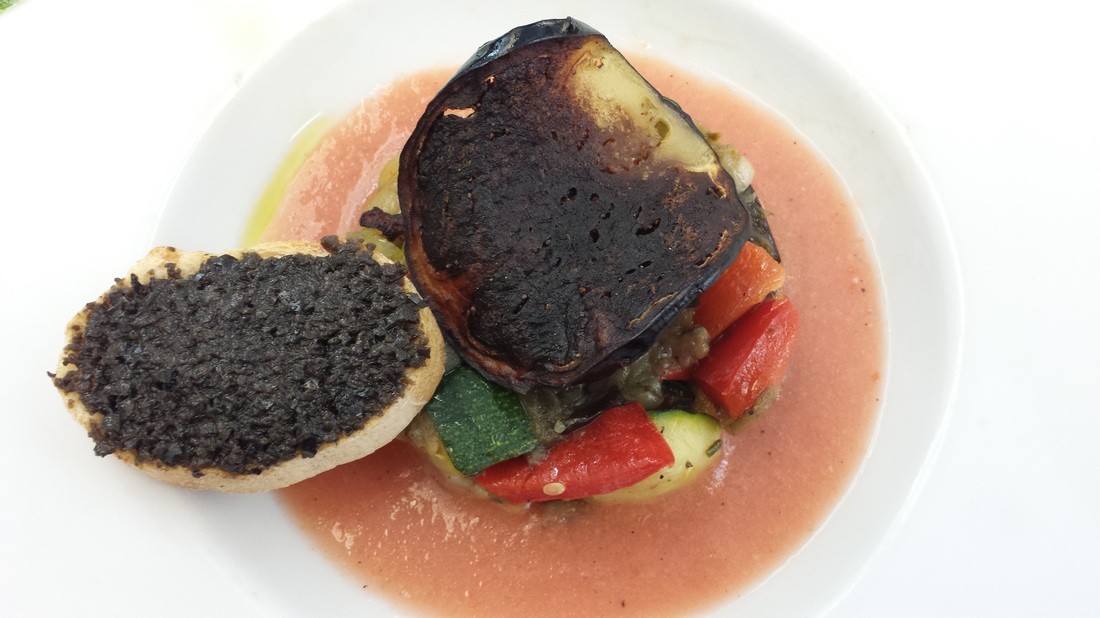
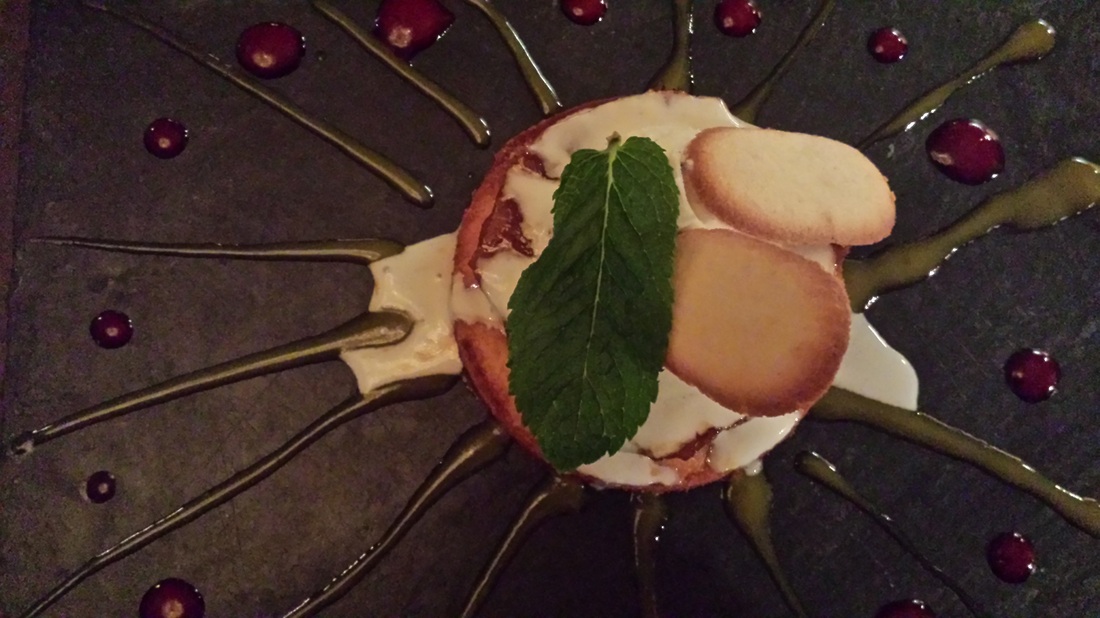




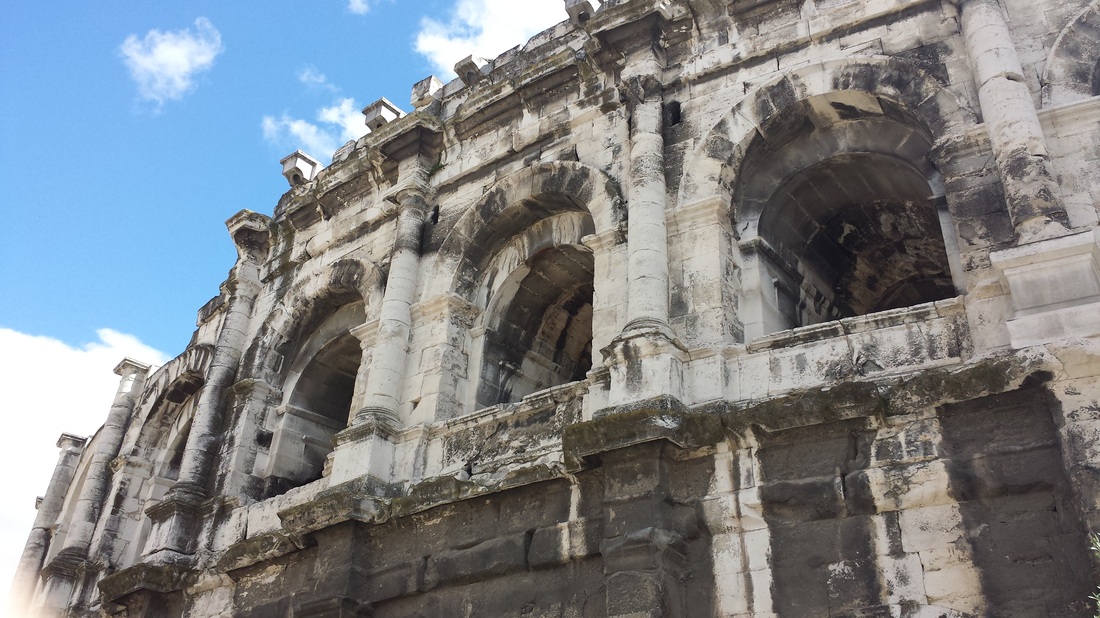
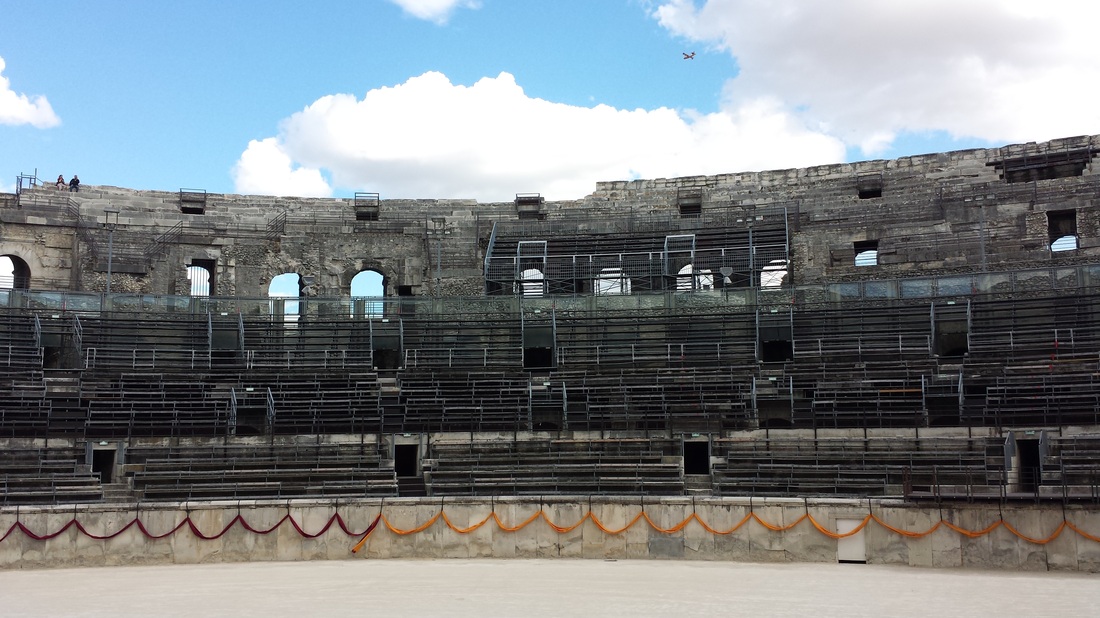
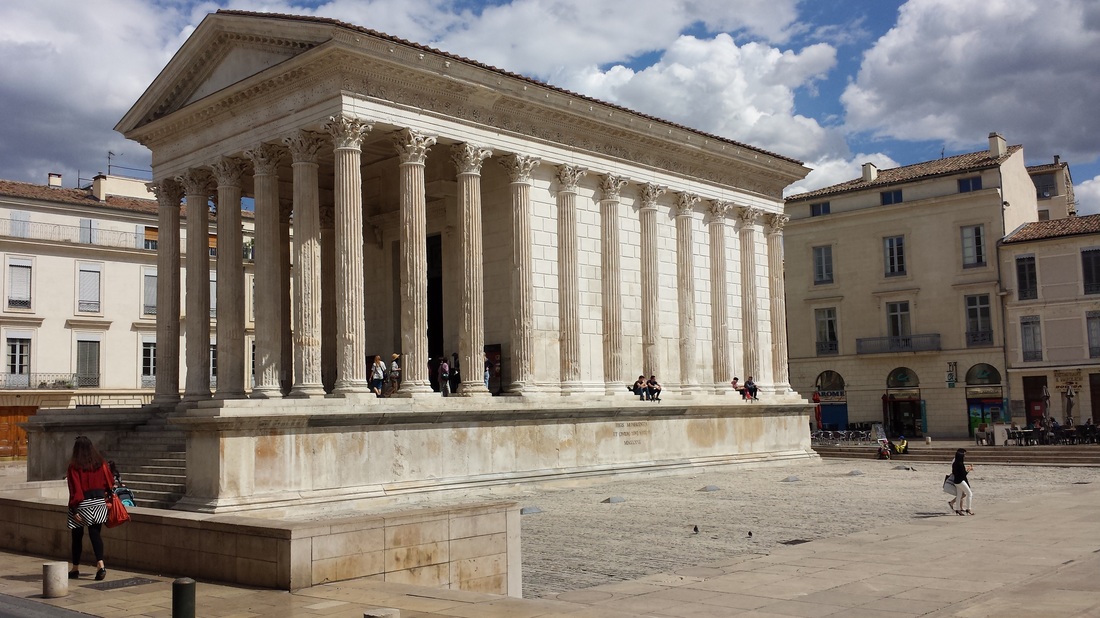
 RSS Feed
RSS Feed